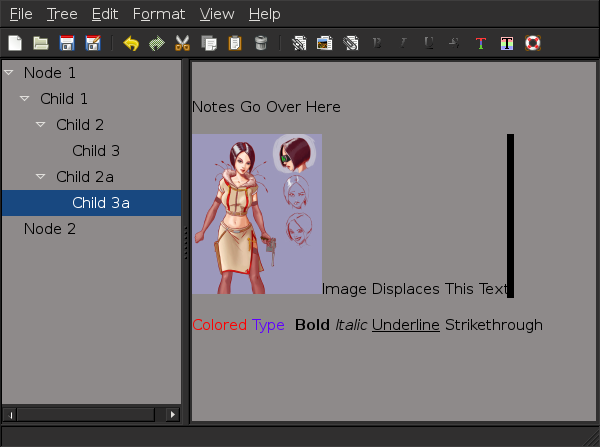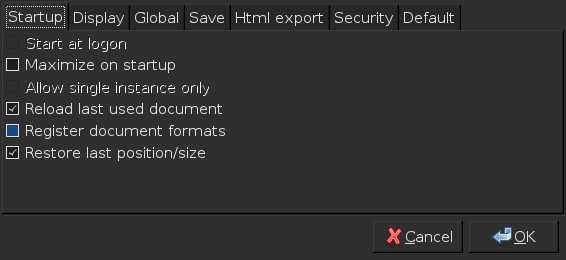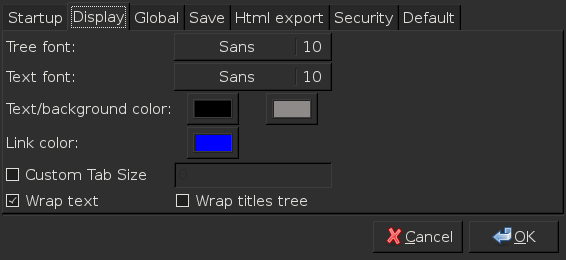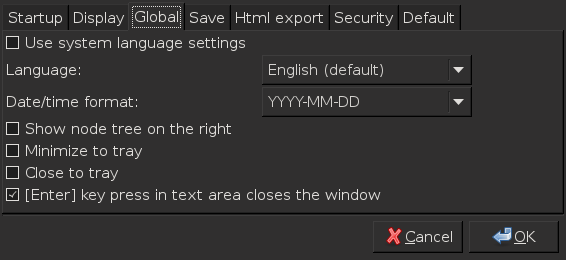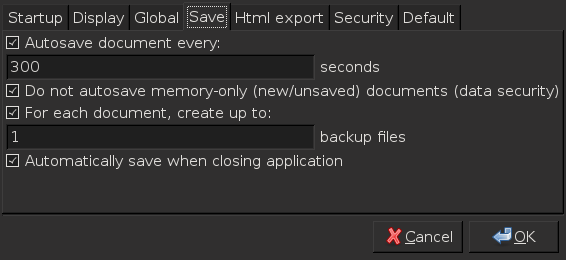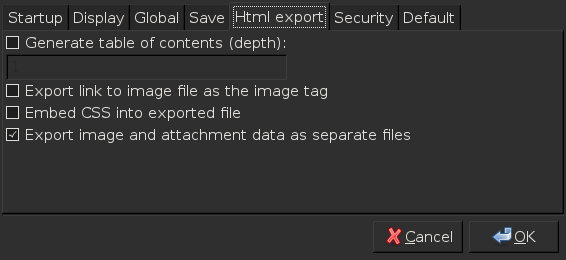Note Taking Software for Linux (A Review of NoteCase)
September 12, 2008 - Reading time: 10 minutes
**UPDATE** This review is of the current build in the Ubuntu Repos, which the author of the software has notified me is out of date, for the most recent release (With several of these issues addressed), download one of the precompiled binaries (available for most any systems) from their website.
UPDATE 2: NoteCase is now a paid app. The free version has been discontinued.
I believe many people choose to use Linux on their laptops for the simple reason that it works, and works well on low-powered machines. As a student, a low-power machine is the only viable option. Also, as a student, good note-taking software is a must. Before I switched over to Linux, I was an MS OneNote guy. Let me begin by saying that there is no direct equivalent…yet.
The most viable solution currently is NoteCase. While OneNote is like a Nasa-Grade Swiss Army Knife, NoteCase is the scalpel. It does one thing real well, but you wouldn’t want to open a bottle of wine with it. It takes notes, organized in a hierarchical tree and saves them as a single file.
**Edit** This review applies only to the Non-commercial version of the software. The author of the software has informed me that the program is substantially more robust and powerful in the commercial version. **Edit**
Let’s Talk Strengths
-
The interface is very intuitive. You have seen these buttons before. It only takes a minute to figure out how to insert images, or bold text.
-
Multiple ways to accomplish most tasks. Adding new child nodes can be done by right-clicking in the tree column, or by a pull down for those who like to keyboard and use ALT. I rarely touch the mouse while taking notes.
-
Very customizable interface. You can set a default text color, size, background, etc. and it will be persistent. You can even set it to open the same file automatically when the program opens. For a student who only needs their single NoteCase file that has a parent node for each course and a child node for each day’s notes, the immediacy of opening the program and being greeted by the last document you used is highly efficient.
-
Autosave. This is priceless, especially if you are on cruddy battery power that could fail on you at any time. You can set how often it saves.
-
Autobackup. You choose how many different backup files it saves and where it saves them.
-
Links. You can add links directly into the document with the push of a button.
-
Very Low Resource Requirements. This program runs like a champion on a 512 meg, 1.7ghz processor. You could probably open 50 windows at once (Haven’t tried this, but you know what I mean).
-
Solid Code. I have not had a single crash in over 3 weeks of avid daily use. I’ve inserted Images, Links, and a variety of lengths of text.
-
Export Function. HTML, TXT, or a stand alone Executable.
Let’s Talk Weakness
-
Weak font features.
-Features you have: Bold, Italic, Underline, Strike-through, Text color, Background color.
-Features it lacks: FONT SIZE. This is a major weakness, but not a deal breaker.
-
Weak image control features on inserted images.
-Features you have: Insert PNG or JPG. Resize them at moment of import.
-Features you lack: Ability to resize post import. Anchor Points (The image is inserted as a giant letter, displacing all text around it.) No option for “Text Surround” of the image. No support for GIF.
**Edit** Thank you to the author of the software for informing me that this program supports import for any GTK supported Images formats. **Edit**
3. Not enough Export Features. HTML and TXT are great, but I would love a direct to PDF for the sake of universality.
User Options
The User Options are very informative about the limited but powerful potential of the program.
Summary
This program does exactly what it claims to do: Let you take an almost unlimited number of notes, organize them in a tree, and keep them in a single file, or “Case.” It never claims to be a powerhouse, and I think when we meet its limitations we should be asking ourselves if we really want it to be bogged down and bloated by a solution to every situation. Most importantly, it is a rock solid program. I’ve tried to crash it and failed. I would like a few of the smaller features that lacks to be added at a later date, but I don’t feel it needs much more. The font size issue is a big deal, but I feel it’s only a matter of time (as you can change the font size program wide, just not a single word).
If you find yourself with a few too many TXT files of varying types and sizes you should look into this program for precise, near surgical organization.
For installation, I can attest that it is in the Ubuntu Repos. This means that if you run any *Buntu derivative you have access to it (Gos, Mint, etc.). If you use a non-Ubuntu distro please let us know if it is in your Repo.
Sorry Windows and Mac users, this program is only available for Linux. Correction: packages are available for Windows (may require GTK), Mac OS X, and even Open Solaris (thanks Michael!). For non-OSS alternatives to those on Windows and Mac, check out OneNote one Windows, or OMNIoutliner for Mac. I’ve used both and they are startlingly, almost frustratingly bulging with features (and will leave your wallet startlingly not bulging with money).
-- James Diemer

